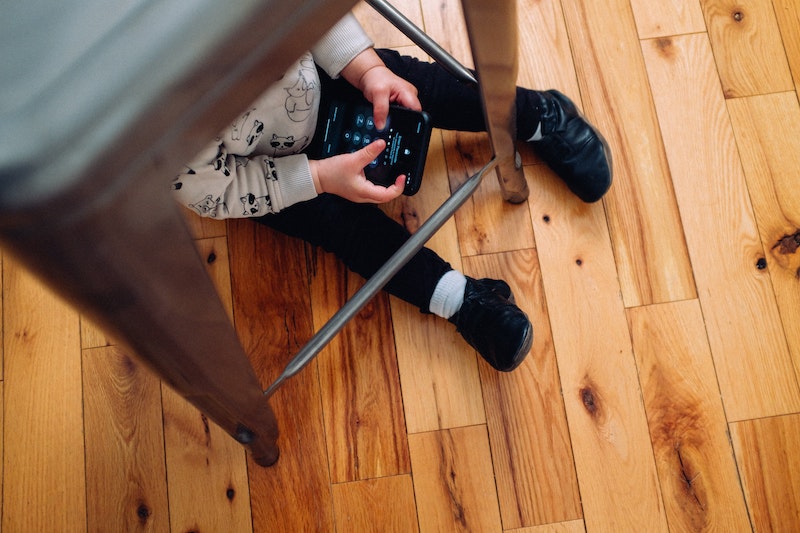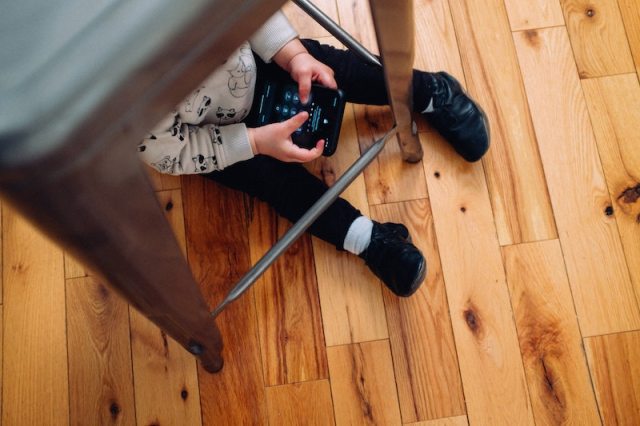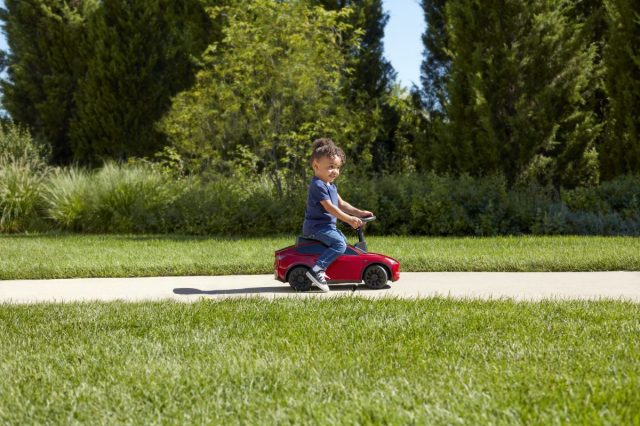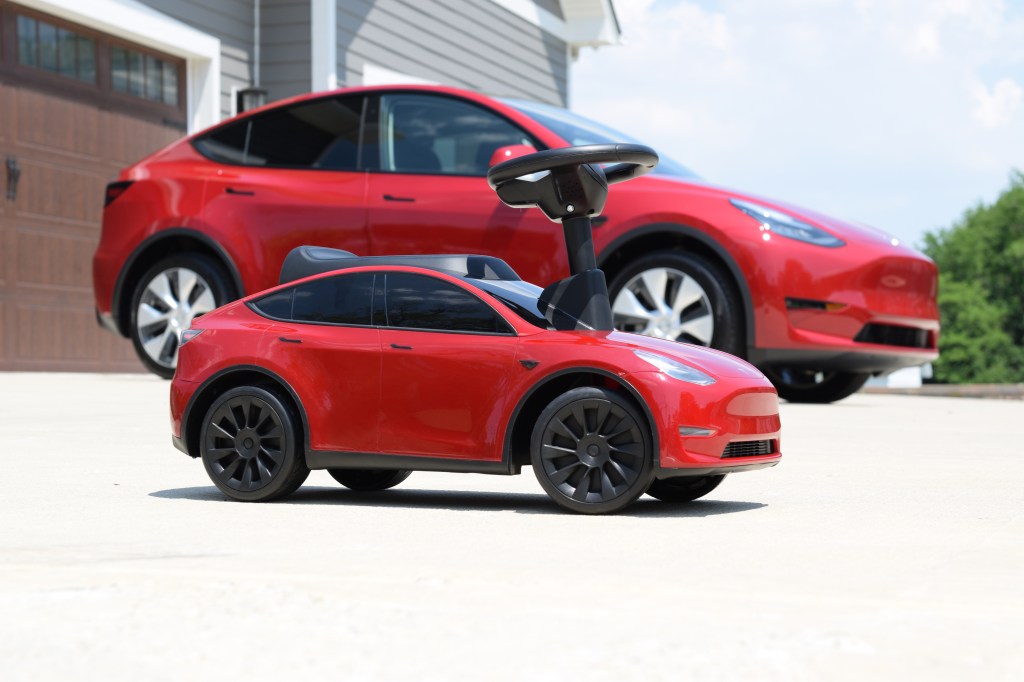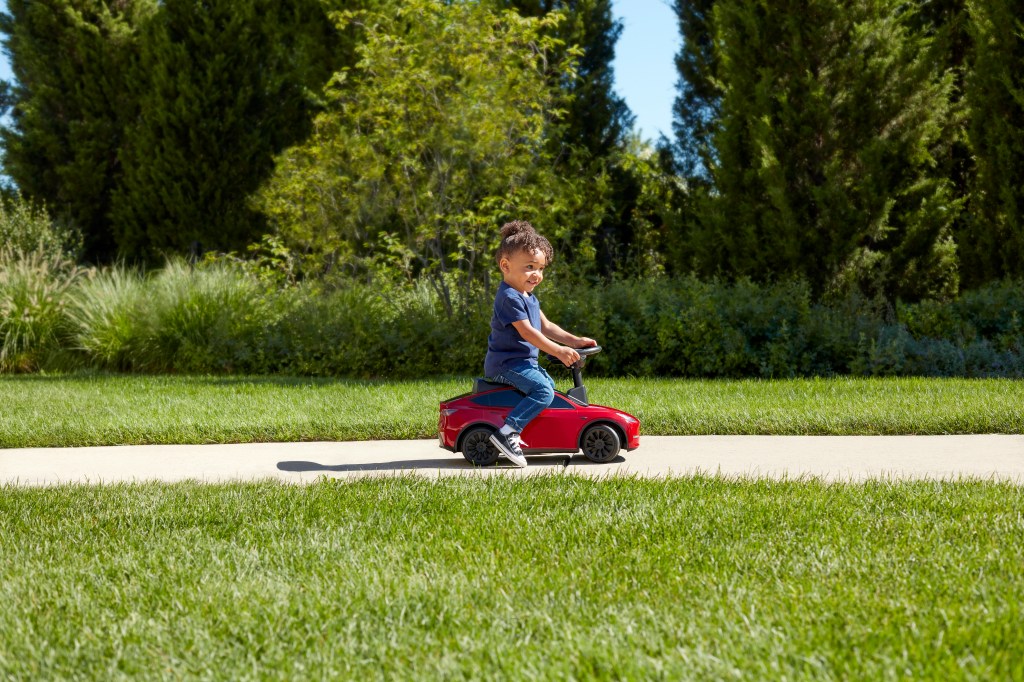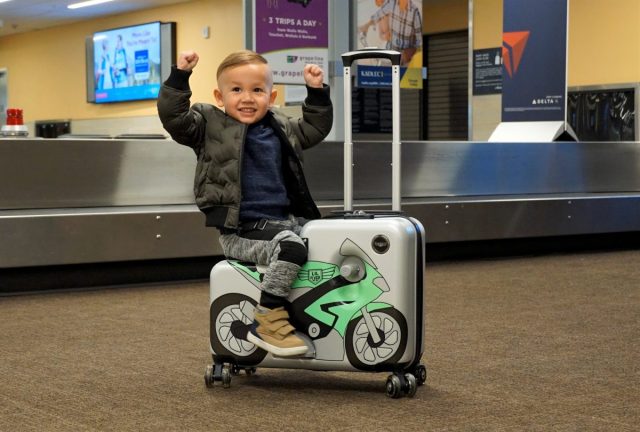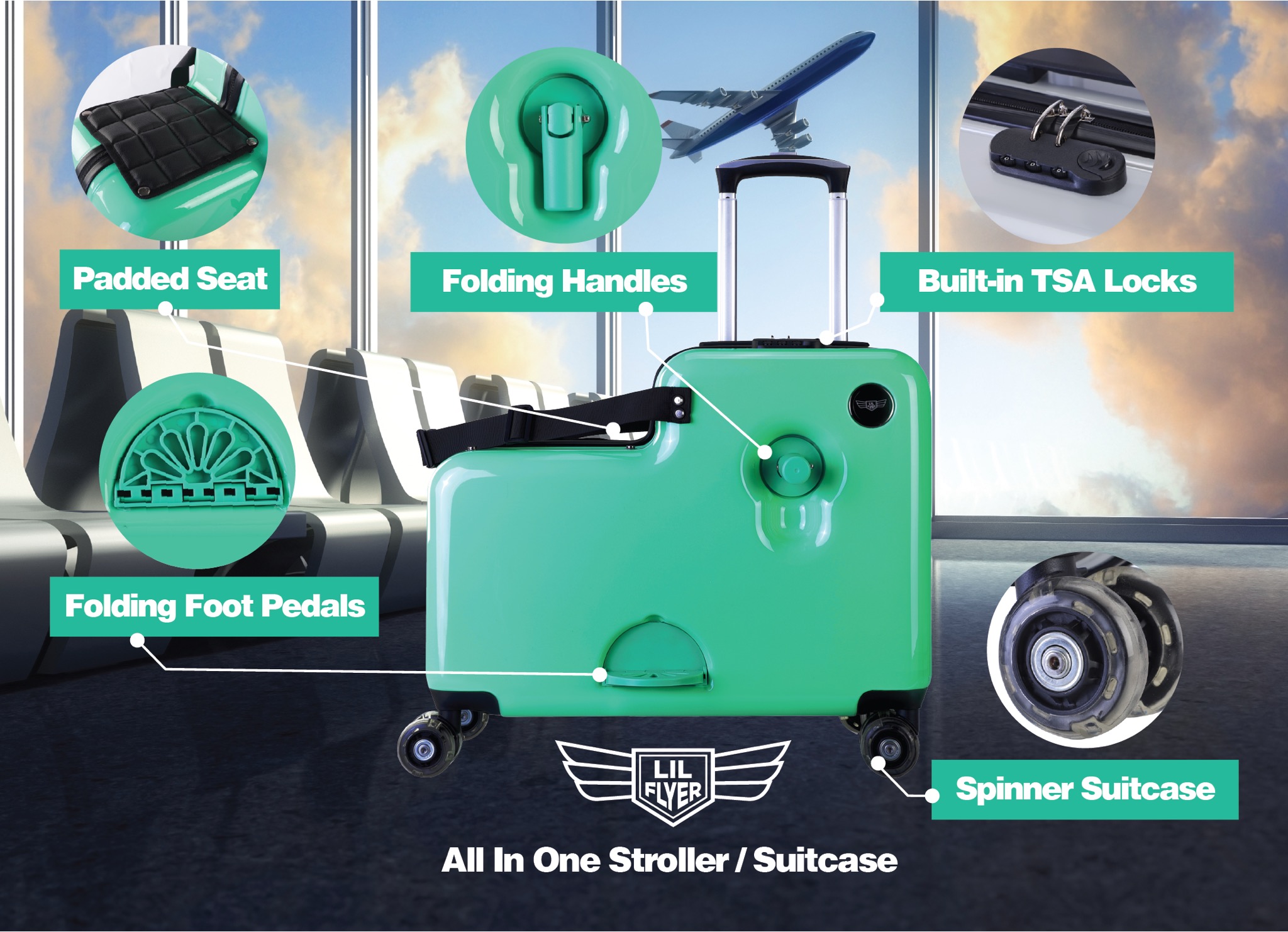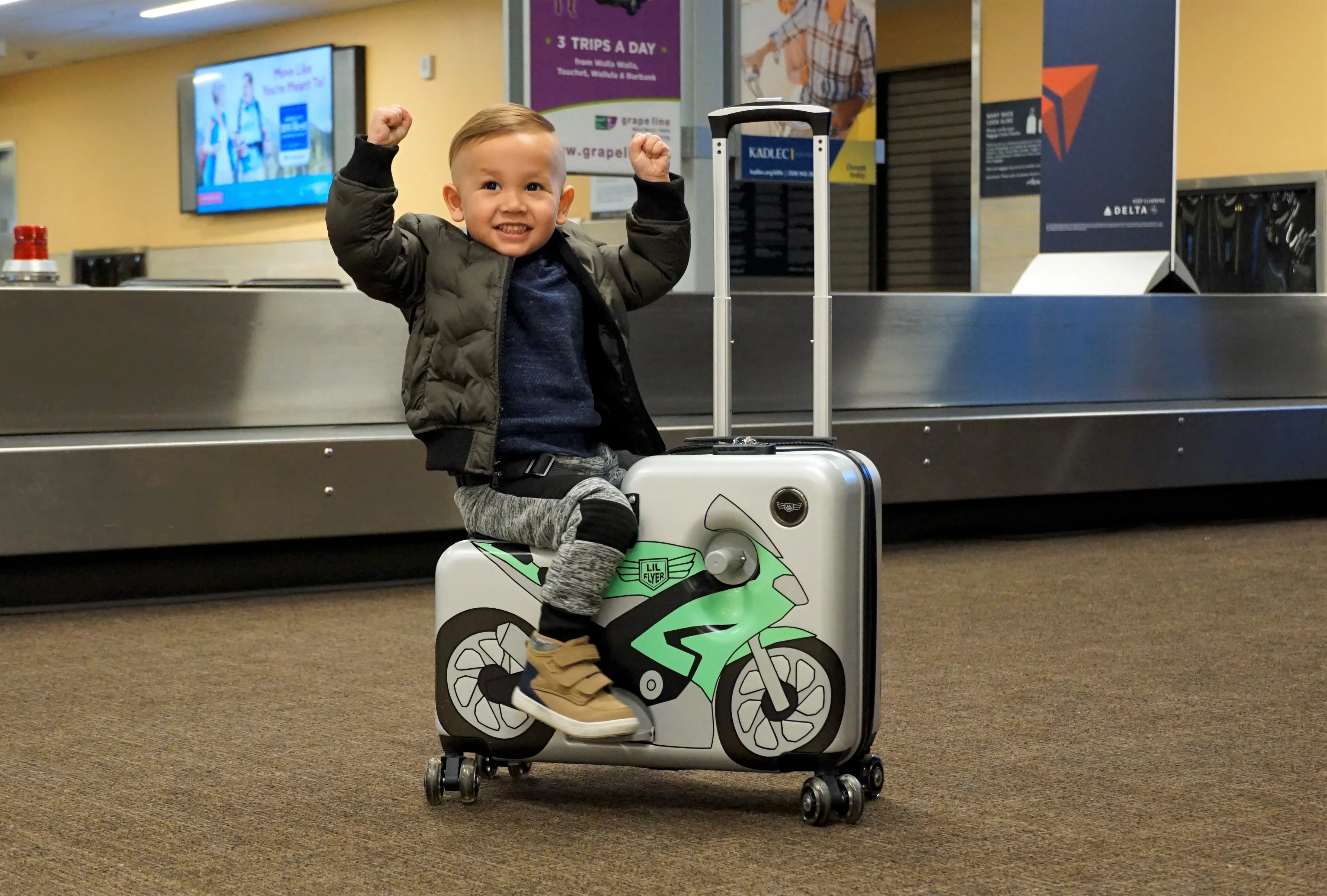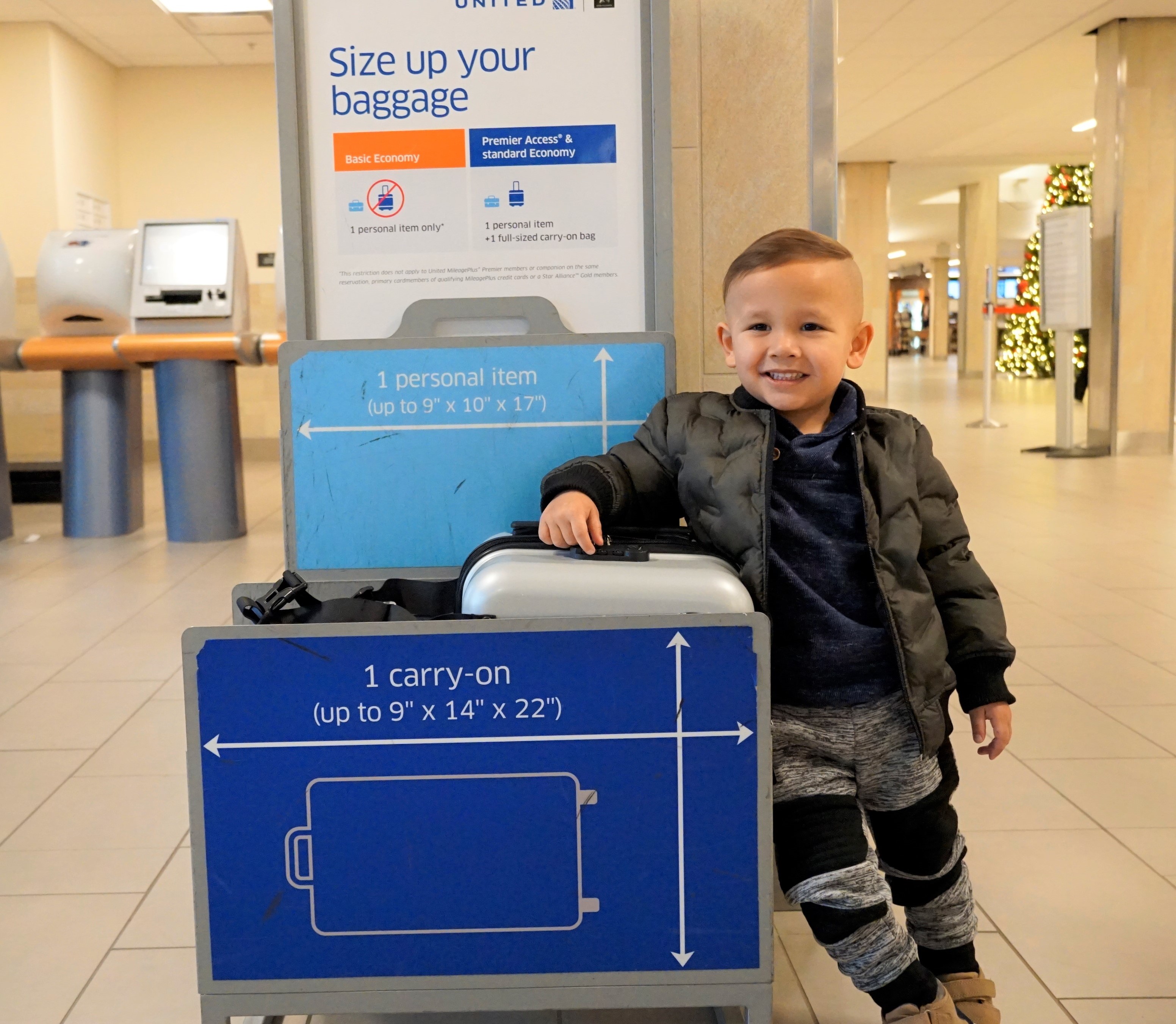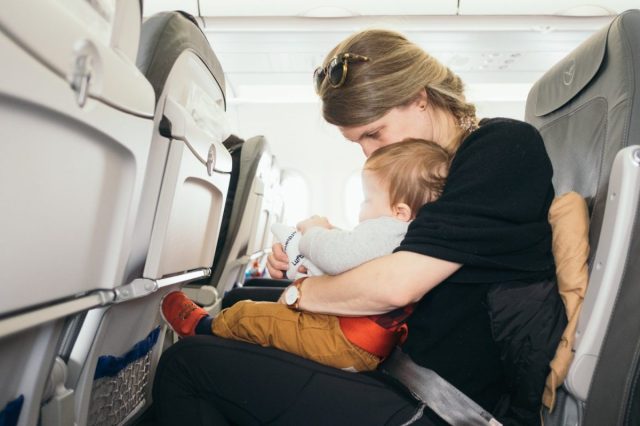When raising a family, we do our best to ensure their health, happiness, safety, and security. We strive to provide them with all of the skills, resources, and opportunities they need to grow up to lead a happy, successful, and fullfilling life. In doing this, every mom needs to know how to save for college, which is a very expensive commitment. The best approach is to start early, as the power of compounding over time is powerful, and was called the eighth wonder of the world by Albert Einstein.
Here are ways to reduce the financial worry, ensure your family’s ability to afford the cost of the degree, and start successfully saving for your child’s future.
Enroll in a 529 plan. One of the best ways to save for college for your child is a college savings 529 plan. These state sponsored higher education savings accounts grow tax-free if the rules are followed. Each state determines the maximum contributions, eligible investments, and tax advantages. Although there is no tax deduction, distributions are tax-free if used for qualified education expenses of the beneficiary of the account. These expenses include such items as tuition, fees, textbooks, supplies and equipment required for enrollment, and special needs services. Where the student is attending at least half the time and the payments are made directly to the college, they also include room and board costs. Supplies may include a laptop, printer, computer, and internet service. Some expenses that are not qualified include travel, a cellphone, student loan repayment, health insurance provided by the college, or a sports or club membership.
How to get a waiver of the 10% penalty. Non-qualified withdrawals of income from a 529 will be subject to ordinary income tax as well as a 10% penalty to the person who receives the money, which can be either the owner or the beneficiary. The principal portion of the withdrawal will not be subject to tax. For exceptions to the 10% penalty, see below. It is very important to make sure that the withdrawals are used only for qualified expenses to avoid taxes and penalty.
• If a child does not go to college or receives a scholarship, the owner may change the beneficiary to another child or member of the beneficiary’s family. This flexibility makes a 529 plan a very attractive investment.
• If a withdrawal is made from a 529 plan because the beneficiary dies, becomes disabled, or has earned scholarships and doesn’t need the money, the 10 percent penalty may be waived. Income taxes will still apply to the income portion of the amount withdrawn.
Know the most advantagous investment options. The investment options offered include a variety of mutual funds. Aged-based funds are very popular, as the investments are more heavily weighted in stocks with a younger child and are rebalanced to become more heavily weighted in bonds the closer the child gets to college age. To open a 529 plan, you may either make a lump sum investment or set up a monthly bank draft, a great way to save for your child’s future.
Make monthly or annual contributions. There are no income restrictions to making a contribution to a 529 plan. Although there is no annual maximum, contributions per year over $15,000 to a 529 plan will be subject to federal gift tax rules. Each state has a specific maximum account size, which generally varies between $235,000 and $500,000. You are not required to contribute to your state’s 529 plan but will want to consider state tax advantages when making a decision. Distributions may be used for schools out of state.
• Accelerated gifting of 5 years of contributions may be made to a 529 plan, a total of $75,000 per individual or $150,000 for a married couple filing jointly, without having to file a gift tax return. An important tax benefit, the value of account and its tax-free growth will be excluded from the contributor’s estate for federal estate tax purposes. To avoid having to file a gift tax return, no additional contributions may be made for 5 years if the full accelerated gifting has already been implemented.
• The contributor to a 529 plan is normally the account owner, but not necessarily. For example, a grandparent may fund a 529 plan with a child as owner and a grandchild as beneficiary. The owner of the account will name a successor co-owner and beneficiary, choose the investments, and decide when and how much to distribute.
• Parents, grandparents, relatives and friends who are U.S. citizens or resident aliens and at least 18 years old may open a 529 plan and make contributions. They may also make contributions to 529 plans owned by others. You may want to ask relatives to make a contribution to a 529 plan in lieu of gifts that will eventually be discarded by your child.
Understand the differences between a 529 Plan and a ROTH IRA. The annual contribution amounts are considerably higher for a 529 plan than for the ROTH IRA, which is currently $7,000 per year if under age 50. It is possible to save a much greater amount that will grow tax-free with a 529 plan. The ROTH IRA also has income eligibility restrictions, unlike the 529 plan. Withdrawals may be made tax-free without age or time restriction from a 529 plan if used for qualified education expenses. That is not the case with a ROTH IRA. If the ROTH IRA account holder will be under age 59 ½ when the withdrawals are made, earnings will be subject to ordinary income taxes, a real disadvantage. Only the 10% penalty will be avoided if the withdrawals are used for qualified education expenses in the same year. Earnings may be withdrawn tax-free from a ROTH IRA only if the account has been held for at least 5 years. In most cases, a 529 plan is a much better way to save for college.
How 529 plans impact financial aid. The 529 plans owned by college students or their parents will reduce need-based aid by a maximum of 5.64% of the current market value. This calculation also affects the parent’ savings, checking and brokerage accounts, real estate other than the primary residence, ETFs, and mutual funds. Withdrawals that are made from a 529 plan held by a non-custodial parent will be assessed as income against financial aid, just like those held by grandparents.
In conclusion, your savings plan should be personalized and specific to your family’s needs and goals for the future. To find the right college savings plan for your specific situation, ask your financial advisor to compare plans for you and to explain the costs, fees, and risks. Prepare a budget to determine a realistic amount that you can set aside regularly for this long-term goal. In addition, make sure that you also regularly fund an account for your own retirement. You are a priority, as well as your children. This is very important to consider when deciding how to allocate your resources.
Rosemary Lombardy is a financial advisor with over 35 years of experience and a domestic abuse survivor. She is the founder of www.breakingbonds.com, a free resource for abused women, and author of Breaking Bonds: How to Divorce an Abuser and Heal - A Survival Guide.
